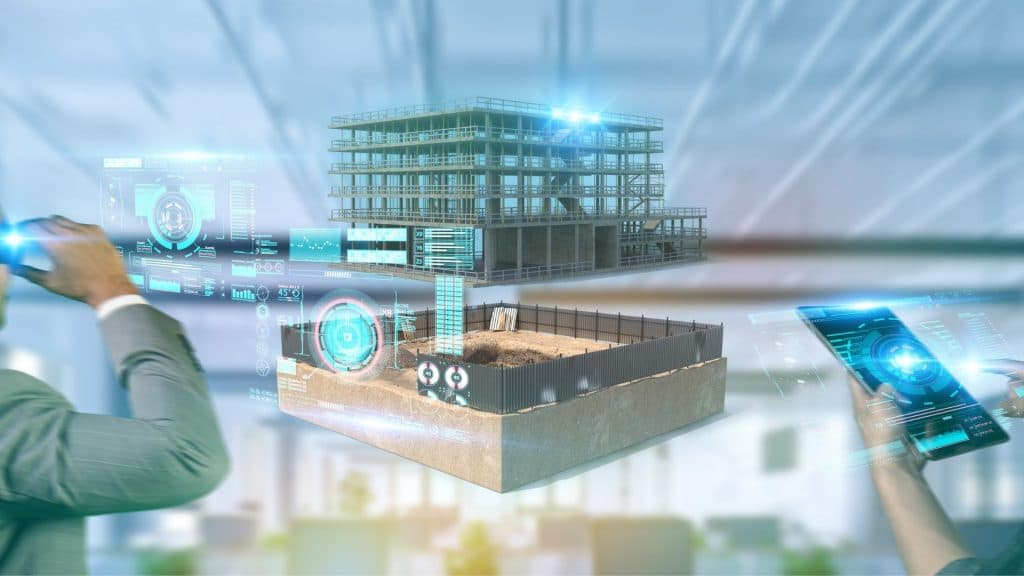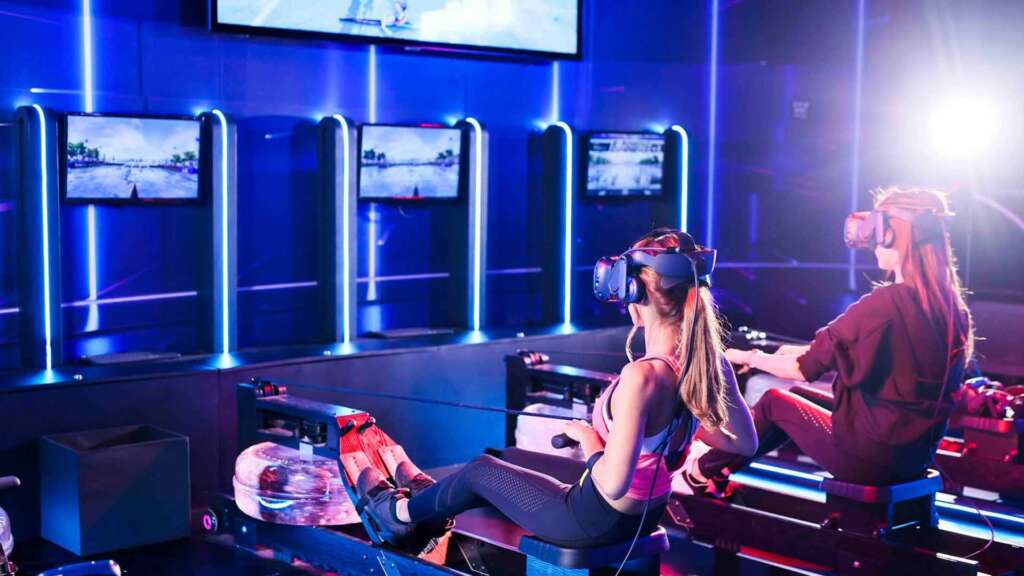Is it worth it? Understand the relationship between VR and E-Commerce
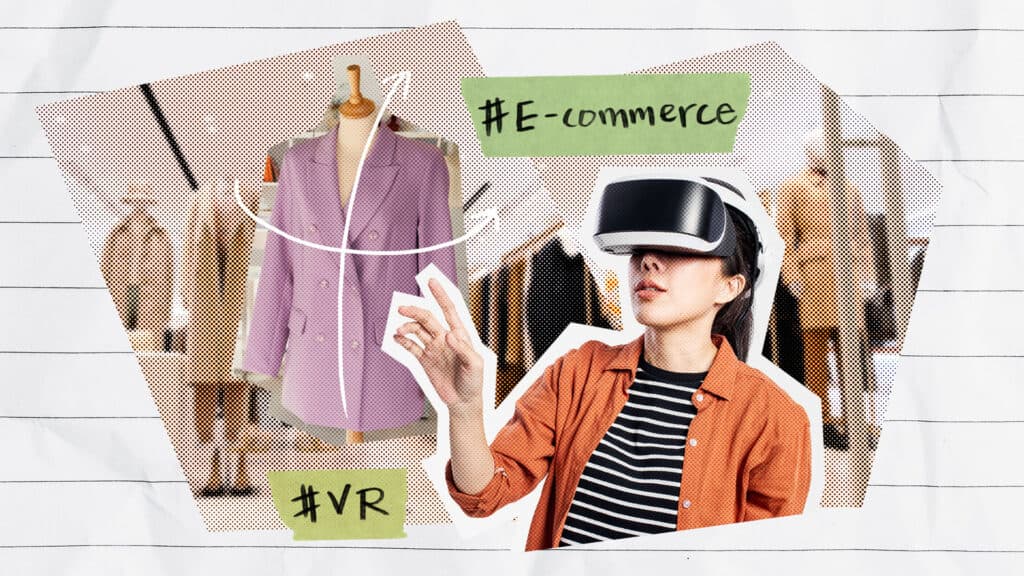
Virtual Reality (VR) or Augmented Reality (AR) is no longer a fancy concept that only exists in sci-fi movies and games. Both play a crucial role in the customer experience nowadays; they are also a key factor for businesses to stand out from competitors. As VR tools are becoming more accessible, it is foreseeable that these technologies will continue to earn their popularity and bring considerable profit. However, many E-Commerce businesses are still reluctant to adopt AR/VR technologies. So how can we get a brand to connect with the future? Viewing some actual applications of VR in E-Commerce, PREFACE is here to discuss the inseparable relationship between E-Commerce and VR.
What is E-Commerce?
E-Commerce refers to a business model that performs the buying and selling of goods and services through the Internet. Transaction of capitals and data are also covered under this definition. Amazon, Flipkart, Shopify and eBay are some well-known examples of E-Commerce.
E-Commerce can be categorised into:
B2B – Business to Business
B2C – Business to Customer
C2C – Consumer to Consumer
Source: investopedia、Toppr
Limitation of Traditional Retail Model
In 2021, retail e-commerce sales amounted to approximately 4.9 trillion USD worldwide. In 4 years, the figure is estimated to grow by 50%, reaching about 7.4 trillion USD by 2025. The advancement of online technologies, including AR and VR, is one of the catalysts. These technologies can even help with eliminating some limitations of traditional retail, including:
Limited customer service and support
Lack of instant satisfaction
Unable to view or handle the product before its arrival
How to Apply AR And VR To E Commerce?

There are several ways that AR and VR can be incorporated into online shopping experience.
1. Try Before You Buy
The most renowned application of VR and AR in E-Commerce is the Virtual Try-On (VTOs). It allows customers to make better decisions and benefits the brand from better management of customers’ expectations. Customers can ‘try on the products via phones or other imaging devices. Although such technologies have existed for a while, it was not until the improved facial recognition technology and trend of AR filters in social media that VTOs bring adequate brand exposure. Retails such as jewellery, eyeglasses, shoes and clothing benefit from it.
2. Rebuilding In-store Experience
Compensating the gap between online and offline shopping has never been so important, especially for business that was developing during the COVID-19 pandemic. The music playlist and product display are all crucial factors to attract customers in the physical reality. To achieve the same effect, it is necessary to adopt the immersive VR technologies. With VR technologies, people can even shop together with their friends and have real-time interaction with the products. There will even be virtual staff to assist customers.
3. Impressive marketing strategy
VR does not necessarily need to be included in the retail process. Still, its advertising value shall not be neglected. By showing that your business is ahead of your competitors, application of VR technologies can significantly help with improving brand awareness.
4. Interactive Manuals
A boring manual is the least wanted attachment that comes with the product you buy. And comparing the 2D graphics on the manual with the actual object is never the most friendly way for troubleshooting. Interactive AR manuals can be the solution! Apart from supporting customers with simple and direct guidelines, it also reduces the demand of time and manpower from the company to respond to customers.
How do AR and VR transform E-Commerce?
78.65% of people drop off before completing their purchase. That means more needs to be done by retailers to persuade customers to make their payment. AR and VR has the potential to reshape the retail world.
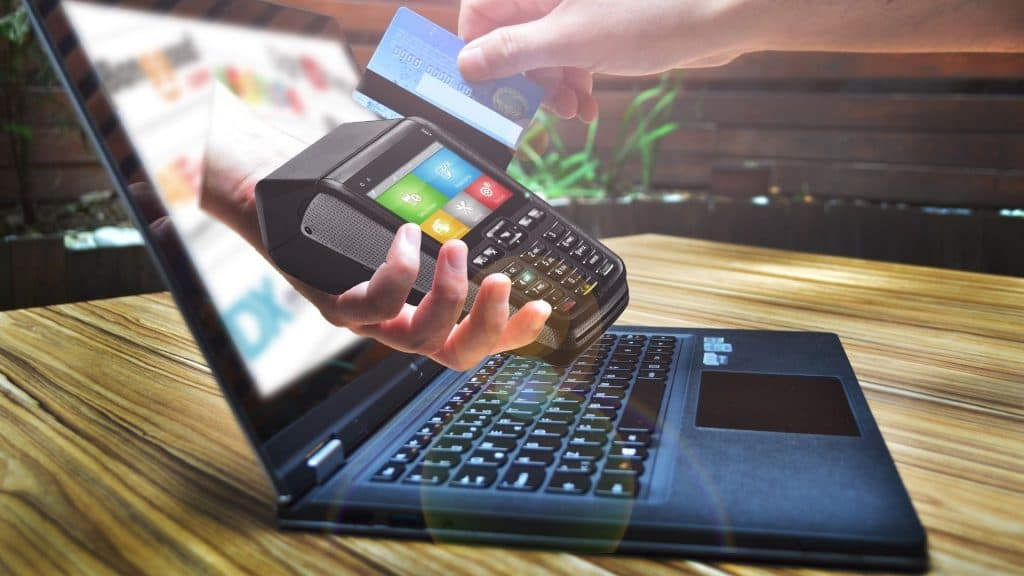
1. Reducing Return Rate
Since customers can view the products from multiple angles or even ‘try them on in the virtual world before purchasing, their confidence in decision-making can be significantly strengthened. Therefore, situations like people making the purchase only to find that the product is not their right match can be avoided.
2. Improving The Sales
Even Google is considering adding an AR catalogue to its search results. When users click on the 3D button, they can interact with the 3D virtual products or even ‘place’ in the physical world. Businesses can also make use of AR to provide product descriptions. Since Google will adjust the SEO ranking of websites based on users’ retention, the longer users spend on AR interaction on a website, the higher chance a business can have successful sales.
3. Increasing Efficiency on Shopping
AR and VR help reduce the time needed for browsing and payment and allow people to shop massively in a shorter time. People used to visit a brick-and-mortar stores to try on products they were interested in. But with a virtual showroom, customers can stay wherever they prefer to make their decision. There is no need to go to a store and flip through the catalogue for product size and description. All the characteristics and functions of the product can be experienced while people comfortably being a couch potatoes. As VR shopping is becoming mainstream, the scenario of people queuing up in front of a store and waiting for its opening hour might not happen anymore.
Source: Synoptek
Actual Examples of VR Application on E-Commerce
Spiceworks points out that 75% of the most valuable brands of the world are examining AR or VR experiences for customers and/or staff. Here are some of the examples:
1. eBay
In 2016, eBay had already lined up with Myer to build the world’s first VR department store. Browsing with eBay Sight Search, customers can select items by focusing on them instead of manually controlling them. More than 12,500 products from Myer can be scanned and added to the cart. Moreover, eBay and Myer were giving away 20,00 free ‘shopticals’-the Google Cardboard VR headset to push forward its development in VR.
2. NARS
In 2016, NARS Cosmetics and Facebook 360 Video built a VR makeup tutorial. Instead of skipping or fast-forwarding, the audience can ‘look around’ and ‘drag’ the timeline to get to the part they want to view.
3. TOMS
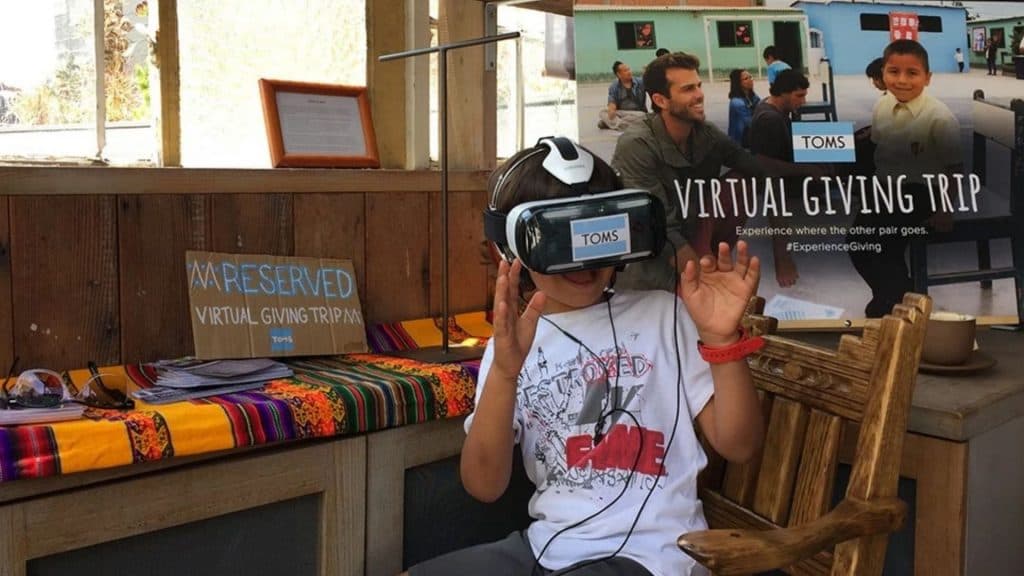
TOMS’ collaboration with Within, a VR tech company, in 2019 is a perfect example of using VR for education and participation. They created a ‘virtual giving trip’ where customers can donate a pair of new shoes to children in need in Peru. Through the VR headset, TOMS brings their customers to Peru, lets them witness the kids receiving the boots and gain more understanding of the kids’ living environment. Such an innovative charity strategy can effectively highlight the mission of TOMS.
4. Ford
Ford Motor Co. demonstrates how VR enables its engineers to collaborate across continents to design the new GT Supercar. With VR, engineers can ‘sit’ in a full scale model of the car and examine the car from the perspective of a customer. From checking the visibility from every angle, to ensuring the position of certain parts, they can even deconstruct the virtual car to understand its structure and mechanism. Other than that, Ford also applied VR technologies to their promotion. They’ve created a VR car racing game for customers to have a taste of driving a Ford GT in France.
Source: ecommerceguide
Challenge for VR in E-Commerce
According to the study by Perkins Coie, 41% of interviewees believe ‘user experience is the most significant issue that limits the application of VR. It shows that the bulky hardware and skill restriction has posed a constant concern to the mass adoption of VR.
1. High Cost Setup
The most apparent disadvantage of VR is that it requires hardware setups. That means before most customers are prepared with the hardware, VR can hardly be adopted widely. But with the growing variety of VR headsets in the market and the lower price, it is fair to hold an optimistic attitude towards VR.
2. Lack of Meaningful VR Content
Study by Perkins reflects that the lack of meaningful content is the third reason VR cannot be popularised. Only when businesses can produce engaging content for VR can investors be convinced of its value. Ensuring the relativity and quality of the VR experience can help to simplify the decision-making of customers. Otherwise, the VR experience would be just for fun but not add actual growth to the sales.
3. Loss of Tech Talent
Technical support is essential for developing AR experience. Creating a VR environment needs talents from different sectors. It requires more than a typical application or Web developer, but a visual programmer- a hybrid of designer and programmer. A realistic VR experience is significant for businesses that heavily rely on visual appeals, such as the furniture business. If companies develop VR experience in-house, human resources and technical training costs will need to be considered.
Future of VR and E-Commerce
World-leading E-Commerce businesses are using VR to create unique immersive experiences. According to a recent study, customers are more likely to self-persuade when being put in an immersive environment. VR and AR allow customers to explore, touch and feel the product in a virtual showroom and suggest a legitimate reason to visit the online store. Fascinating VTOs experience and 360-degree video catalogue are all part of the immersive experience that can optimise the user experience of E-Commerce and potentially lead to the speedy growth of sales—planning to use it in your business? It’s time to learn how to incorporate your sales target with technologies and look for developers to make it real!



